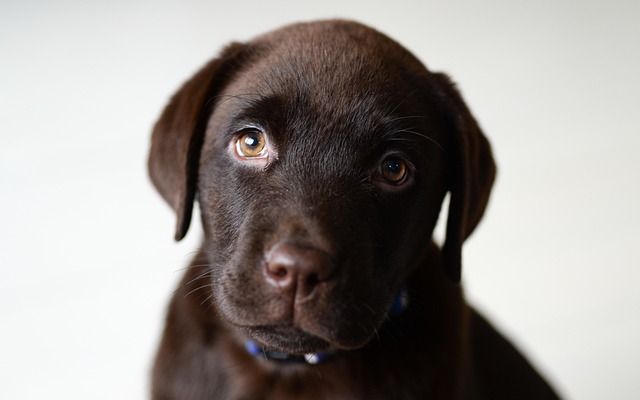
How do i train my dog to be obedient?
Watching your dog dart across the park ignoring your calls isn’t just frustrating—it can put them at risk near busy streets or public spaces.
Training a dog for the first time can feel like cracking a secret code, but with patience and the right approach, you’ll soon be sharing a language only the two of you understand. Every wagging tail and successful command is a step towards building a lifelong bond, and it all starts with understanding your dog’s unique personality.
First things first: consistency is your best friend. Dogs thrive on routine, whether it’s the same time for walks, meals, or training sessions. When you’re teaching basic commands like “sit,” “stay,” or “come,” use the exact same words and hand signals every time. It might feel repetitive to you, but these cues help your dog make connections faster. Try kneeling down to their eye level during training—this makes you less intimidating and easier to focus on.
Positive reinforcement isn’t just a buzzword; it’s the heart of effective training. Instead of scolding for mistakes, celebrate every small victory. A piece of their favorite treat, enthusiastic praise, or a quick game of tug can turn a hesitant learner into a confident performer. Some dogs go wild for cheese cubes, while others prefer tiny pieces of chicken. Pay attention to what gets their ears perked up, and use it as motivation. Just be mindful of portion sizes—you don’t want training treats to replace a balanced diet.
 Socialization is a crucial part of your dog’s development. Exposing them to different people, animals, sounds, and environments helps prevent fear and aggression down the road. Start by inviting friends over to your home, where your dog feels safe. Gradually introduce them to busy parks, quiet cafes, and neighborhood walks. In many places, leash laws protect both your dog and others, so keep them secure in public spaces. And always clean up after your pet—local waste disposal regulations aren’t just polite; they’re often required by law.
Socialization is a crucial part of your dog’s development. Exposing them to different people, animals, sounds, and environments helps prevent fear and aggression down the road. Start by inviting friends over to your home, where your dog feels safe. Gradually introduce them to busy parks, quiet cafes, and neighborhood walks. In many places, leash laws protect both your dog and others, so keep them secure in public spaces. And always clean up after your pet—local waste disposal regulations aren’t just polite; they’re often required by law.
Housebreaking can be one of the trickiest parts for new dog owners. Establish a regular bathroom schedule, taking your dog outside first thing in the morning, after meals, and before bedtime. When they go potty in the right spot, shower them with praise. If an accident happens indoors, resist the urge to rub their nose in it—this can create anxiety. Instead, clean it thoroughly with an enzymatic cleaner to remove the scent and try again. Remember, puppies might need to go outside every couple of hours, so plan your day around their needs.
Teaching impulse control sets the foundation for good behavior. Practice “leave it” by placing a treat in your closed fist. When your dog tries to paw or nibble at your hand, say “leave it” calmly. Once they stop and look away, open your hand and give them the treat. This simple exercise translates to real-life situations, like ignoring dropped food on the sidewalk or not jumping on guests. It takes time, but the payoff is a well-mannered companion.
Every dog learns at their own pace, and setbacks are normal. If your dog doesn’t respond as quickly as you’d like, take a break and try again later. Training sessions should be fun for both of you—if it starts to feel like a chore, switch things up. You might discover that your dog loves learning tricks more than basic commands, or that they’re more motivated in the morning than in the evening.
Most importantly, training is about building trust. Your dog looks to you for guidance, safety, and love. By approaching each session with kindness and understanding, you’re not just teaching commands—you’re creating a relationship based on mutual respect. So grab those treats, put on your patience hat, and get ready for an adventure filled with wags, woofs, and unforgettable memories.

Watching your dog dart across the park ignoring your calls isn’t just frustrating—it can put them at risk near busy streets or public spaces.

New puppy owners often find themselves rushing to clean up accidents before they set in, and that’s where puppy pad training becomes a game-changer.

If you've noticed your dog's waistline disappearing and your veterinarian has mentioned those few extra pounds, your first instinct might be to simply reduce the amount of food in their bowl.

Training a dog to use a designated spot indoors isn’t as daunting as many new owners fear, but it does take consistency and an understanding of your pet’s needs.

That moment of dread on a walk is all too familiar for many new dog owners. You see another dog approaching down the sidewalk of your neighborhood

If the sight of another dog on your neighborhood walk makes your heart sink as your own dog erupts into a frenzy of barking and lunging, you're not alone.